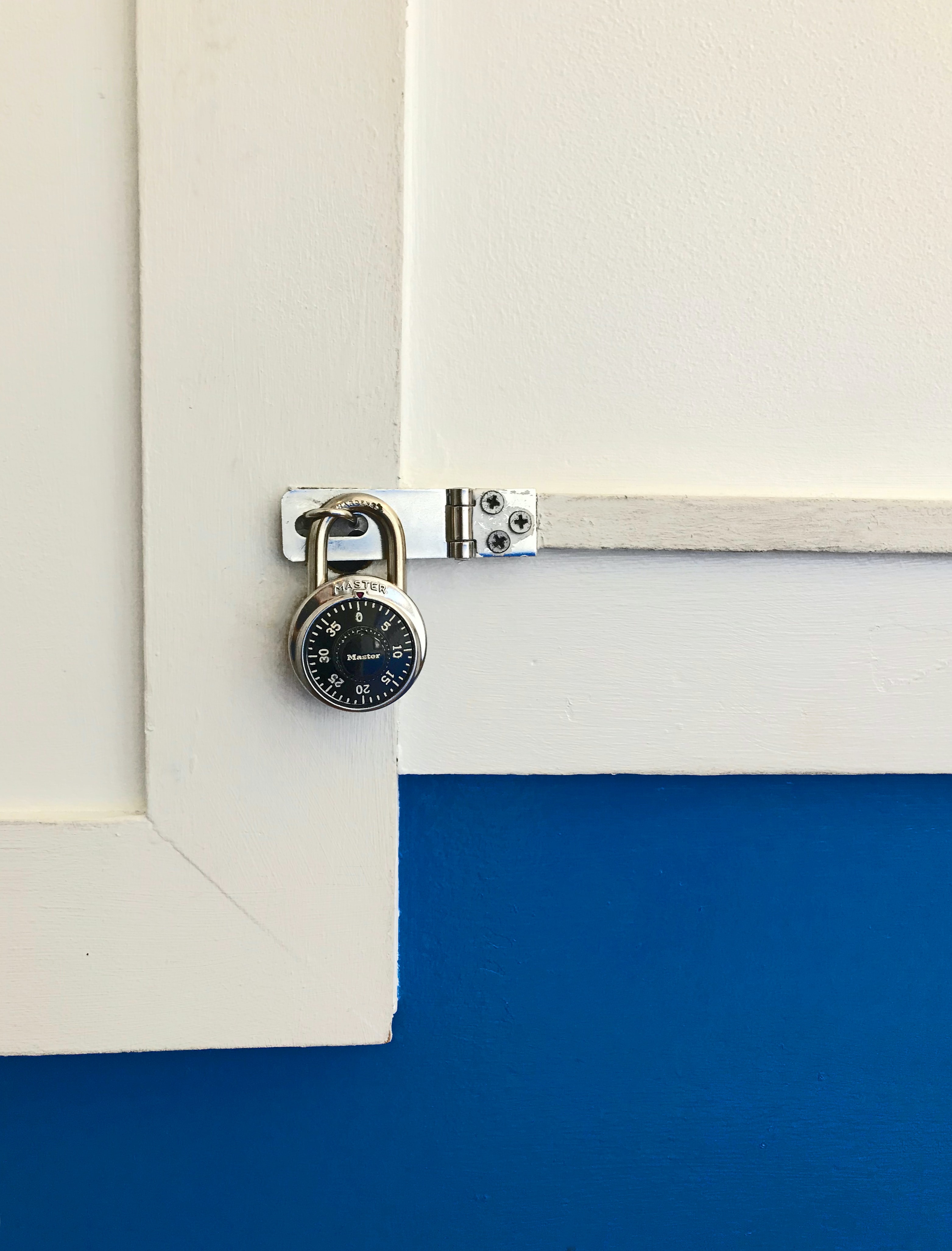
Cyberattacks and data breaches are costly. The short-term and long-term impacts, such as penalties, downtime, labor costs, reputation damages, litigation issues, and more, are particularly devastating to small and medium dental practices.
If you’re thinking, “We are fine. We had a risk assessment done last year and made some updates,” think again. Hackers are evolving their techniques at a breakneck pace. What worked just a few months ago may not be enough to protect you from attacks today.
To ensure that you’re safeguarding all your sensitive patient data and staying HIPAA compliant at all times, you need a process to maintain cybersecurity in your dental practice. Here are the key activities to include in your plan:
A risk assessment reveals weaknesses in your policies, procedures, and technology so you can focus your resources on high-priority remedial actions. It also gives you an in-depth understanding of your practice’s overall security posture to identify areas of improvement. Not to mention, risk assessment is a HIPAA requirement.
If you have implemented new technologies (e.g., a new software application) or procedures (e.g., patient registration), review all the steps and confirm there’s no potential vulnerability that could compromise data security or affect HIPAA compliance status. Using an all-in-one HIPAA-compliant cloud dental software platform can help ensure that the workflows are airtight.
Outdated or inactive user accounts [ LINK TO BLOG 1 ] can make your system vulnerable to attacks. Scan your applications to delete accounts that are no longer in use. Also, make sure steps such as revoking access and deactivating user accounts in the employee offboarding process are followed.
Many software applications offer role-based access so employees can only view or edit the information they need to do their jobs. Review access privileges regularly to ensure that the correct roles are assigned so the right people can access the right data. This is particularly important if you have experienced a recent organizational change.
Review activities involving protected health information (PHI) to see who accessed what information and when. Identify unusual or suspicious actions (e.g., log in during off-hours or from a foreign country) and investigate any data movement that occurred within the timeframe.
Human errors are often the cause of data breaches. For example, it takes only one employee to fall for a phishing scam to compromise your entire network. Provide regular employee education to ensure that everyone on staff is aware of the latest cybersecurity threats and adhering to your privacy policy.
Your employees should use unique and strong passwords to log into your system. They should also change their login credentials regularly to prevent any leaked information from impacting your security. If you haven’t already, implement multi-factor authentication to strengthen your sign-in process.
From desktops and tablets to smartphones and IoT equipment, any device connected to your network may give hackers opportunities to infiltrate your system. Take stock of all the devices and make sure they have the correct security configurations. If you allow employees to use their own devices to access your network, you need to enforce a bring your own device (BYOD) policy.
Outdated software exposes vulnerabilities that cybercriminals can exploit to attack your network. Make sure you install software patches promptly if you run an on-premise system. To eliminate this issue, migrate to a cloud dental management platform, which is the best way to ensure that your software is always up-to-date.
You can mitigate the impact of data loss or cyberattacks by having a backup and recovery plan. Determine how long you need to retain backup files, and delete outdated or irrelevant ones to avoid confusion and unnecessary storage costs. You can also use cloud dental software with an EHR module to ensure that your data is backed up according to the latest best practices.
Maintaining cybersecurity in a dental practice is complex. You can streamline the process and take many of the tasks off your plate by using a cloud-based dental practice management platform.
For example, tab32 allows you to set access control and monitor workflows with ease. We take care of all the software upgrades, encrypt all sensitive information, and ensure that your data is safe with a comprehensive backup and recovery plan.
Request a demo to see how we can help you simplify security maintenance.
These Stories on Cyber Security
No Comments Yet
Let us know what you think